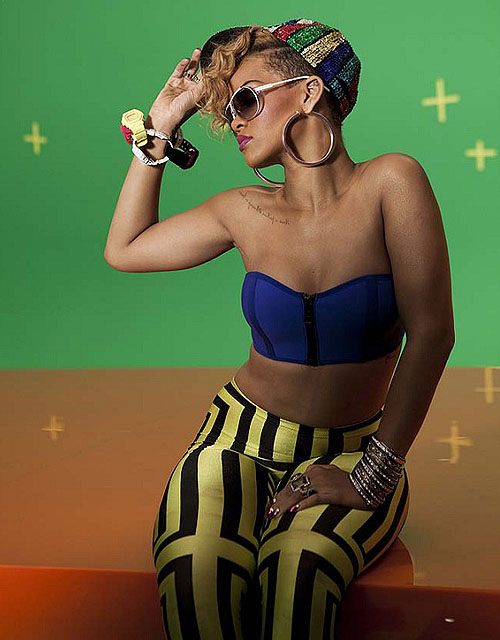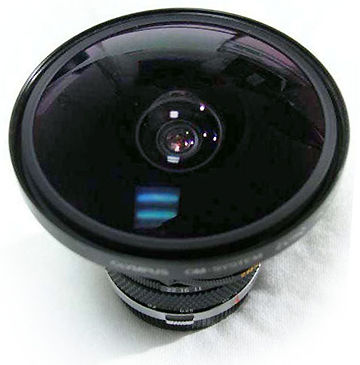The representation of women in music videos is an area of great controversy. Ideas and 'tactics of music video may often be described as insulting and maybe even humiliating to women. Strangely however, it is often female artists that use such techniques with people such as Lady GaGa, Rhianna and Madonna to name a few who are famed for such videos.
A theory that has often come up when looking at music videos is the "male gaze theory", which suggests that music videos will often use women with very little clothing on, who are also quite glamerous and 'busty'. The idea behind their inclusion is that they will attract a male audience or the male gaze. This kind of technique is common in music videos, despite arguably been degrading to women.
As can be seen with the previous point, women do not appear to be represented fairly in music video; they are certainly represented very differently to men. One complaint that we have come across in the study of music videos so far is that women are often objectified and are their bodies, they are not people in the same way as males are in the video but just an object.
 The clothing and actions of women in music video represent that they are objects and, as with the majority of media, they have an effect on normal people, particularly the young. Music videos often seem to signify that women are rewarded for sexual acts, and that it is good to dress similarly to the female artists who many younger people will admire and look up to. This is a very negative view of women, yet seems to make the industry a lot of money. The idea that women can gain fame through dressing like this and behaving in this way is supported through cases such as those mentioned earlier in Lady GaGa, Rhianna and Madonna.
The clothing and actions of women in music video represent that they are objects and, as with the majority of media, they have an effect on normal people, particularly the young. Music videos often seem to signify that women are rewarded for sexual acts, and that it is good to dress similarly to the female artists who many younger people will admire and look up to. This is a very negative view of women, yet seems to make the industry a lot of money. The idea that women can gain fame through dressing like this and behaving in this way is supported through cases such as those mentioned earlier in Lady GaGa, Rhianna and Madonna. It would seem strange that female artists would agree to have themselves represented in this way as it is seen in such negative fashion, but as I have already mentioned it brings about fame and therefore money for the artists. One such reason that has come up a few times as to why an artist may want to make a controversial video is that if there is publicity surrounding it, maybe even as far as it getting banned or censored, then that will make people curious and interested in seeing the video. Having a video banned can in some cases make it more of a success for the artist, and while this and portraying women as simply objects there for the pleasure of men is making the music industry money, it is likely to carry onn for a long time.
It would seem strange that female artists would agree to have themselves represented in this way as it is seen in such negative fashion, but as I have already mentioned it brings about fame and therefore money for the artists. One such reason that has come up a few times as to why an artist may want to make a controversial video is that if there is publicity surrounding it, maybe even as far as it getting banned or censored, then that will make people curious and interested in seeing the video. Having a video banned can in some cases make it more of a success for the artist, and while this and portraying women as simply objects there for the pleasure of men is making the music industry money, it is likely to carry onn for a long time.To see more on representation of women, here is a link to a good powerpoint found on the internet. The presentation is not mine.















